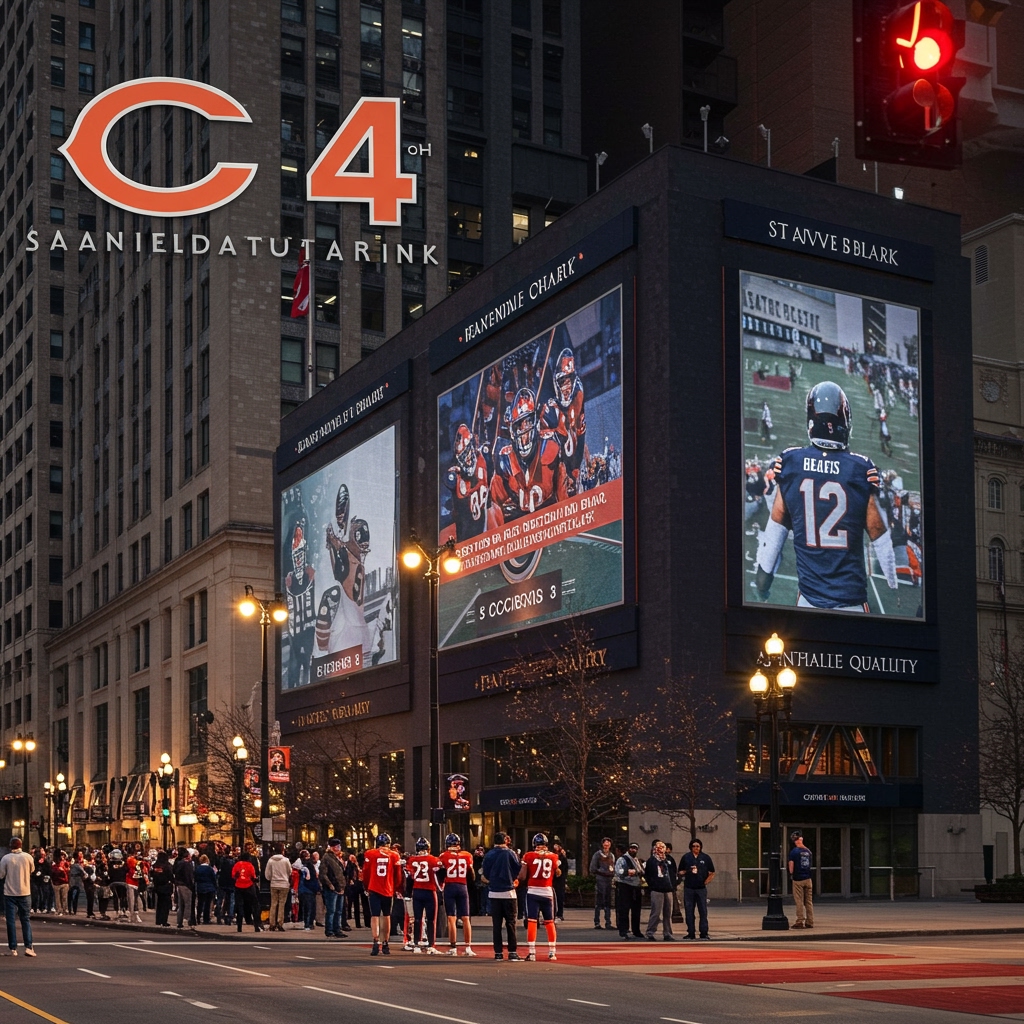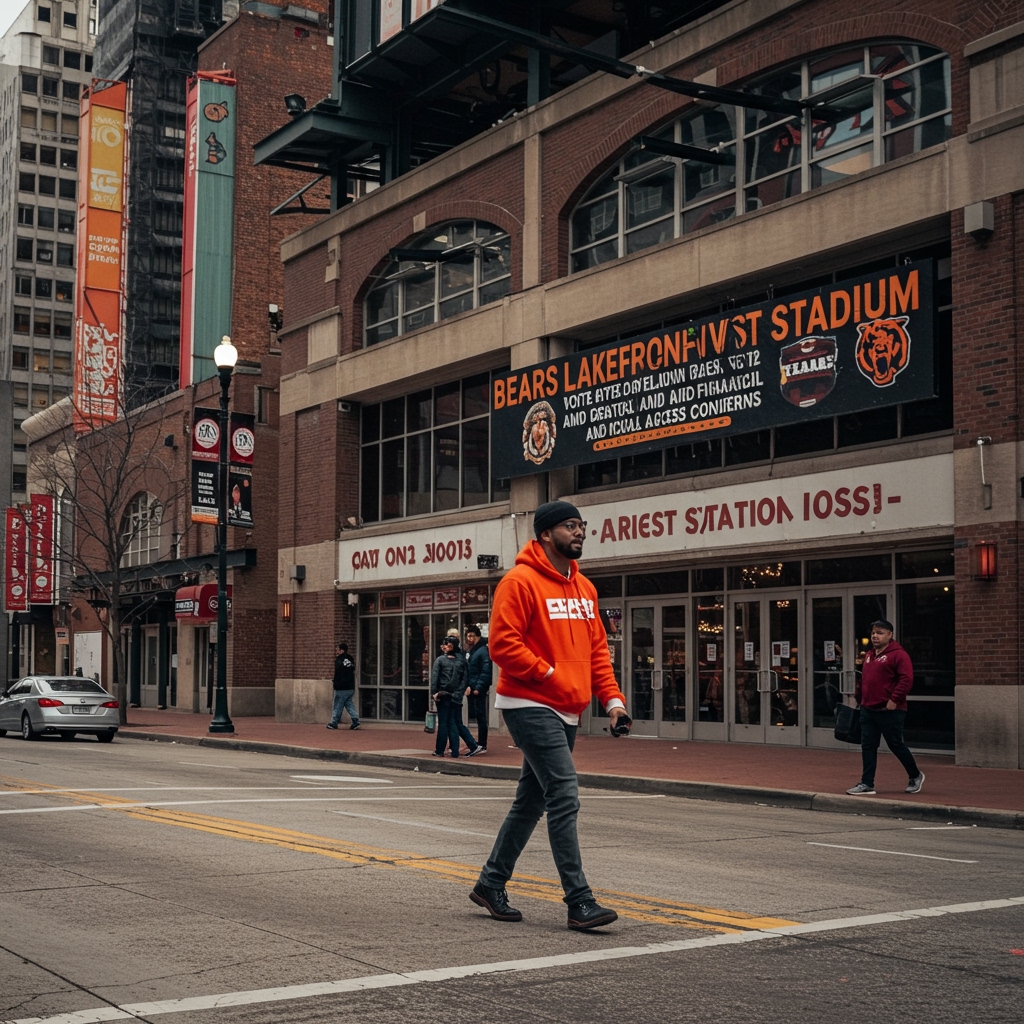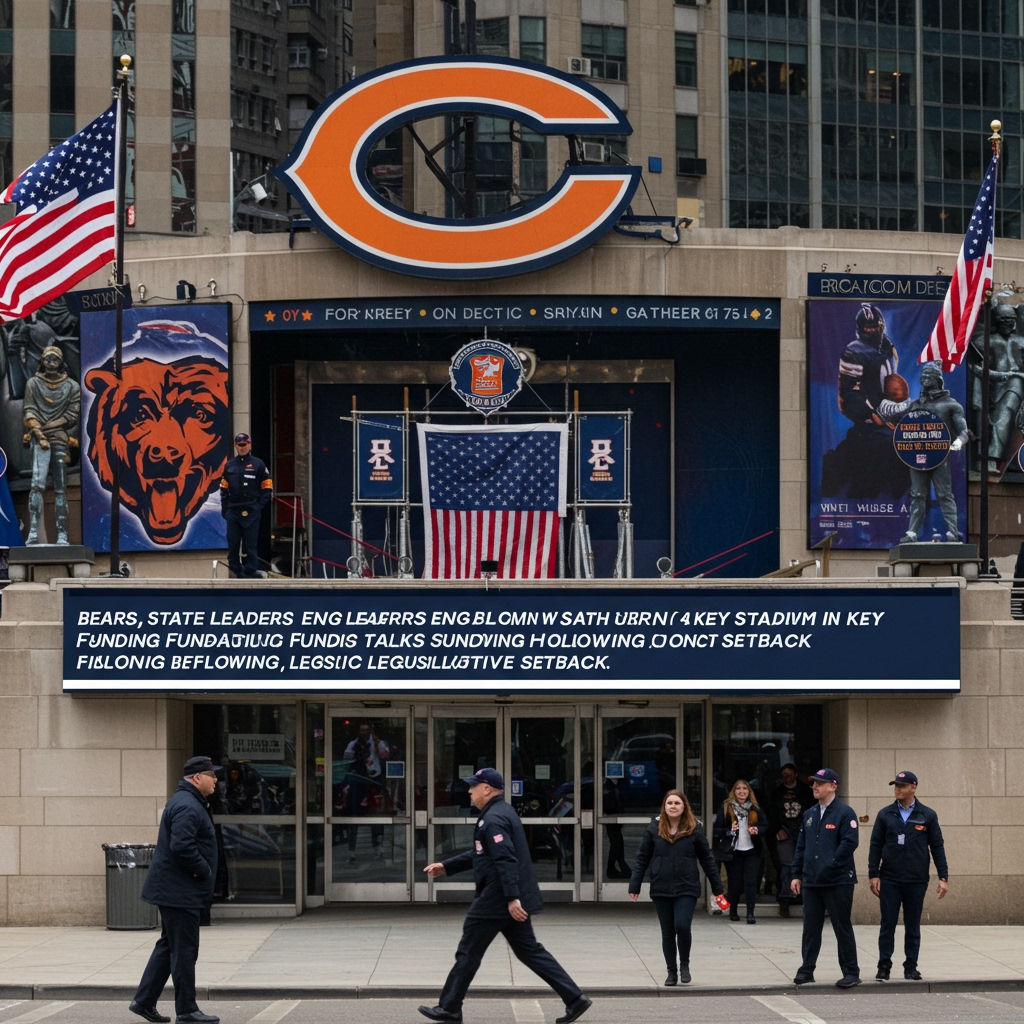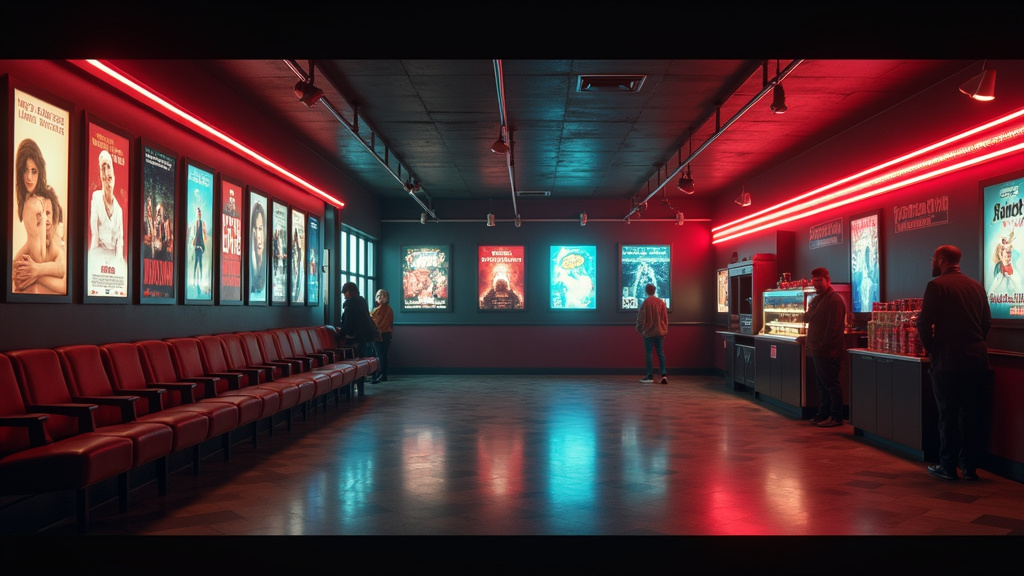Chicago, IL – Officials representing the Chicago Bears organization and Mayor Brandon Johnson’s administration have reportedly achieved a significant milestone in ongoing negotiations regarding the potential public financing structure for a proposed new enclosed stadium. A preliminary understanding on potential funding mechanisms for the ambitious multi-billion dollar development was reportedly reached following a concentrated series of intensive meetings held throughout the first two weeks of March 2025.
The talks, described as focused and productive, centered on exploring viable financial models necessary to support a project of this magnitude. The discussions reportedly delved into key elements including the feasibility and structure of potential state legislative action required to facilitate public investment, as well as identifying and evaluating alternative revenue sources that could supplement the significant private investment the Bears organization has consistently indicated it is prepared to commit. This development is seen by both parties as a crucial step forward in resolving the long-standing uncertainty surrounding the team’s future home.
Background on Stadium Search and Financing Challenges
The pursuit of a new, modern stadium has been a priority for the Chicago Bears for several years. The team has publicly explored various options, most notably acquiring a large parcel of land in Arlington Heights with the explicit intent of building a state-of-the-art, enclosed stadium and entertainment complex. This suburban location remains a strong possibility for the team.
Simultaneously, the City of Chicago, under both current and previous administrations, has made efforts to present compelling cases for keeping the Bears within city limits. Potential city-based options, including redeveloping the lakefront Museum Campus area around Soldier Field or exploring other urban sites, have remained on the table, albeit often facing different sets of logistical, political, and financial hurdles compared to the Arlington Heights plan. The core challenge in both scenarios has consistently revolved around the complex question of how to finance a multi-billion dollar facility, particularly the extent and nature of any potential public contribution.
Financing major sports infrastructure projects often involves a blend of private capital from the team ownership and public funds, which can come from city, county, or state sources. The structure of such public-private partnerships varies widely and can include direct appropriations, bond financing, tax increment financing (TIF), or dedicated revenue streams derived from sources like stadium operations, ticket taxes, or related development. The use of public money for private sports franchises is frequently a subject of intense public and political debate, necessitating careful consideration of economic impact, community benefit, and financial return on investment for taxpayers.
Details of the March 2025 Intensive Meetings
The breakthrough announced this week stems directly from the intensive negotiation sessions held across the first two weeks of March 2025. These meetings brought together high-level representatives from the Chicago Bears and key members of Mayor Brandon Johnson’s administrative team, specifically those focused on economic development, finance, and intergovernmental relations. The primary objective of these concentrated talks was to move beyond general discussions and zero in on concrete financial blueprints.
The focus on “financial models” during this period indicates a shift towards detailed pro forma analysis, revenue projections, cost-sharing arrangements, and the legal frameworks required for any public funding mechanism. Discussions around “possible state legislative action” highlight the understanding that any significant state-level financial participation or authorization for specific funding tools (like bonds backed by state revenue, or special tax districts) would require legislative approval in Springfield. Identifying “alternative revenue sources” suggests an exploration of non-traditional funding avenues, potentially including revenue generated from surrounding development, naming rights, or other commercial activities associated with a new stadium complex, designed to lessen the direct burden on traditional tax sources.
These intensive sessions were crucial in allowing both parties to gain a clearer understanding of each other’s financial parameters, constraints, and requirements for a deal to be viable. Reaching a “preliminary understanding” implies that while not every detail is finalized, a conceptual framework and mutually acceptable principles for how public funding could integrate with private investment have been tentatively agreed upon.
Impact on Potential Stadium Locations
The preliminary understanding reached in these funding negotiations is significant because it potentially impacts the viability of both the team’s preferred Arlington Heights site and various city-based options. A clarified path towards assembling the necessary multi-billion dollar funding package removes a major obstacle, regardless of the ultimate location.
While the Bears have invested heavily in the Arlington Heights property and continue to view it as a prime location, the engagement with the City of Chicago suggests a willingness to seriously evaluate or maintain dialogue regarding urban alternatives, provided a feasible financial structure can be implemented. The nature of the public funding mechanisms being discussed – particularly those potentially involving state action or city resources – could influence the attractiveness and logistical complexity of each site.
Securing a preliminary agreement on funding principles allows both the team and the city to potentially advance discussions on site-specific aspects, such as necessary infrastructure improvements, zoning, and community benefit agreements, with greater confidence that the overall financial puzzle can be solved.
Optimism and Next Steps
While it is critical to note that no final agreement has been signed, officials from both the Chicago Bears and Mayor Johnson’s administration have reportedly expressed optimism regarding the outcome of the recent intensive meetings. They view this development as a significant step forward in navigating the complex path toward a new stadium. The preliminary understanding on funding is a necessary, though not sufficient, condition for a final deal.
The path forward will likely involve continued detailed negotiations to translate the preliminary understanding into a binding agreement. This will include finalizing specific dollar amounts, identifying precise funding sources, drafting necessary legal documents, and potentially advocating for required legislative changes at the state level. Community engagement and public approval processes may also be significant factors, depending on the chosen location and funding model.
The expressed optimism suggests a renewed momentum in the stadium saga after periods of apparent deadlock. Both the Bears and the City appear committed to finding a mutually agreeable solution that could result in a state-of-the-art facility capable of hosting NFL games and other major events, while also providing economic benefits to the region. The focus now shifts to building upon this preliminary understanding to secure a definitive plan for the multi-billion dollar project.
The resolution of the stadium uncertainty holds significant implications not just for the Chicago Bears franchise and its fans, but also for the economic landscape and civic identity of either the City of Chicago or the surrounding suburban areas, depending on where the enclosed stadium is ultimately built.













